- News
- Reviews
- Bikes
- Accessories
- Accessories - misc
- Computer mounts
- Bags
- Bar ends
- Bike bags & cases
- Bottle cages
- Bottles
- Cameras
- Car racks
- Child seats
- Computers
- Glasses
- GPS units
- Helmets
- Lights - front
- Lights - rear
- Lights - sets
- Locks
- Mirrors
- Mudguards
- Racks
- Pumps & CO2 inflators
- Puncture kits
- Reflectives
- Smart watches
- Stands and racks
- Trailers
- Clothing
- Components
- Bar tape & grips
- Bottom brackets
- Brake & gear cables
- Brake & STI levers
- Brake pads & spares
- Brakes
- Cassettes & freewheels
- Chains
- Chainsets & chainrings
- Derailleurs - front
- Derailleurs - rear
- Forks
- Gear levers & shifters
- Groupsets
- Handlebars & extensions
- Headsets
- Hubs
- Inner tubes
- Pedals
- Quick releases & skewers
- Saddles
- Seatposts
- Stems
- Wheels
- Tyres
- Health, fitness and nutrition
- Tools and workshop
- Miscellaneous
- Buyers Guides
- Features
- Forum
- Recommends
- Podcast
TECH NEWS
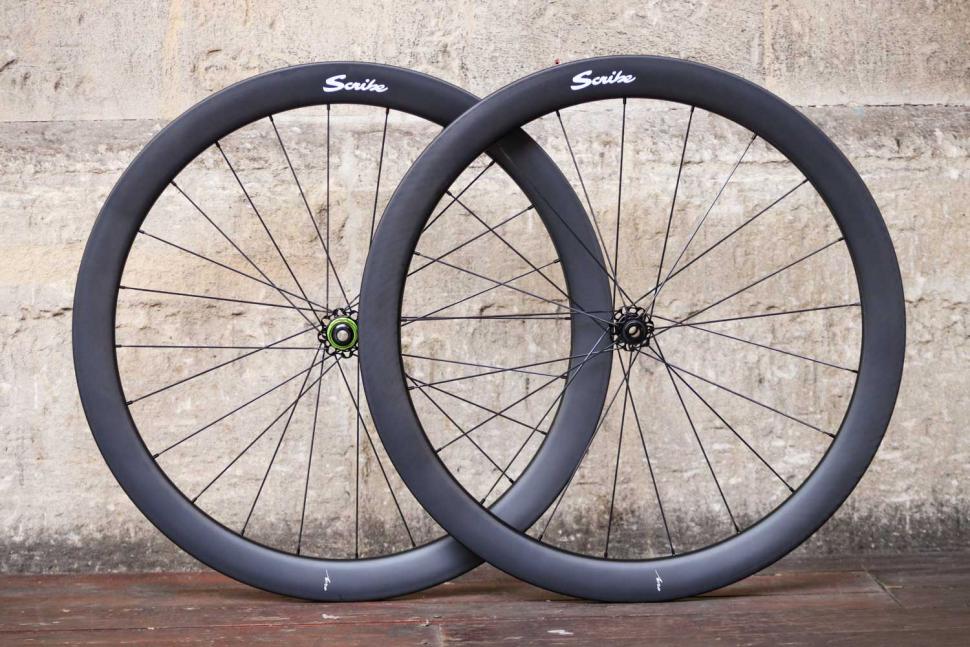 Scribe Aero Wide 50-D.jpg
Scribe Aero Wide 50-D.jpgFirst look: Scribe Aero Wide 50-D wheels
New Northern Ireland-based brand Scribe has just visited us at road.cc HQ, dropping off its Aero Wide 50-D wheels and talking us through the rest of the range.
The brand is led by engineer Alan Graham who has formerly worked for both Prime and Hunt. Rather than simply buying generic rims and hubs and lacing them together, Scribe focuses on the technology.
For example, the range – which includes both carbon and alloy rims and disc brake and rim brake wheel designs – features Scribe's exclusive Five4 rear hub design, using a 54-tooth ratchet drive system that engages in 6.7° (well, 6.6666..).
The design is similar in concept to DT Swiss's Ratchet System and new Ratchet EXP in that instead of pawls locking into ratcheting teeth, a 54-tooth ratchet ring in the freehub engages a 54-tooth plate threaded into the hub shell thanks to an internal leaf spring. When you coast the tips of the teeth glide over one another.
"The biggest advantage of a ratchet drive system is that ratchet faces engage simultaneously, every time," says Scribe. "This offers an incredibly strong bind and therefore improved power transfer. With pawl systems, only a couple of pawls engage at any one time which creates smaller points of loading, and generally less power transfer."
The system sounds more complex than it actually is – check out the pictures and you'll get the idea of how it works – and the fact that there are relatively few moving parts bodes well for durability.
The hubs are CNC machined and feature sealed stainless steel bearings. A Shimano/SRAM 8/9/10/11-speed freehub body is fitted as standard, although Campagnolo and SRAM XDR are also available. The hubs are available in all major standards.
As the name suggests, the Scribe Aero 50-D wheelset uses a 50mm deep rim. Made from unidirectional carbon, this is U-shaped as opposed to a V-shaped, with a blunt inner edge. Scribe says that this helps cut through the air across a wide range of yaw (apparent wind) angles.
The tubeless ready rim has an internal width of 19mm and an external width of 26mm. Loads of brands are going with wide rims these days, the idea being to accommodate wide tyres better for increased stability and improved rolling resistance. If you want to go even wider, Scribe offers 21mm internal width and 30mm external width on its Wide+ rims which are available in 32mm and 42mm depths.
Scribe uses Japanese Toray carbon fibre with reinforcement at the spoke holes. It says that the wheels have been spoke tested to a super-high 280 kgf (kilogram-force) and that it uses a resin with a high Tg (glass transition temperature – the point at which it softens) of 180°C for its disc brake wheels. A different resin with a Tg of up to 240°C is used for its rim brake wheels where brake pad friction can drive the temperature up.
The spokes are Sapim CX-Ray, 21 at the front and 24 at the rear.
The Scribe Aero Wide 50-D has a claimed weight of 1,438g although our scales say they are a touch heavier at 1,449g – that's 655g (front) and 794g (rear) without rim tape or skewers.
As mentioned, Scribe offers carbon disc brake wheels in other depths: 32mm and 42mm as well as in a 50mm front/ 65mm rear set. Its carbon rim brake wheels come in 38mm and 50mm versions and in 38mm/ 50mm and 50mm/ 65mm combos. All of these are priced £870, including tubeless valves and spare spokes/nipples.
There's also a range of alloy wheels – both disc brake and rim brake – with prices starting at £280 per pair. These are all tubeless ready too.
The Race wheels, for example, use hardened, heat treated, 26mm deep rims (19mm internal width) with the ratchet drive rear hub and Sapim CX-Ray spokes. These have a claimed weight of 1,454g and are priced £360.
Look out for a review of the Scribe Aero Wide 50-D wheels on road.cc soon.
For more info on the range to go scribecycling.co.uk.
Mat has been in cycling media since 1996, on titles including BikeRadar, Total Bike, Total Mountain Bike, What Mountain Bike and Mountain Biking UK, and he has been editor of 220 Triathlon and Cycling Plus. Mat has been road.cc technical editor for over a decade, testing bikes, fettling the latest kit, and trying out the most up-to-the-minute clothing. He has won his category in Ironman UK 70.3 and finished on the podium in both marathons he has run. Mat is a Cambridge graduate who did a post-grad in magazine journalism, and he is a winner of the Cycling Media Award for Specialist Online Writer. Now over 50, he's riding road and gravel bikes most days for fun and fitness rather than training for competitions.
Latest Comments
- Freddy56 3 hours 56 min ago
The reflective nature of the fabric structure, in in a 2 layer sealed fabric-means moisture cannot pass thru, The breathability claim is lies.......
- HoarseMann 5 hours 8 min ago
Driver injured after car flips onto its roof https://www.bbc.co.uk/news/articles/cy0g9rpp8x9o
- mark1a 5 hours 26 min ago
I don't think he wants to talk about it...
- Rendel Harris 5 hours 55 min ago
Ach, dinnae fret...
- Matt Page 6 hours 3 min ago
The Prevelo Alpha Three on the main feature image is 20".
- eburtthebike 6 hours 15 min ago
£100 bonus.
- chrisonabike 6 hours 23 min ago
To be fair if this is our usual revenant they've got form in rewriting history...
- chrisonabike 6 hours 25 min ago
"At the going down of the sun, and in the morning, we will remember them ... we have to because some numpty destroyed the roll of names"....
- hawkinspeter 8 hours 29 min ago
Looks like some Barton Hill residents don't want the Liverpool Neighbourhood or at least not Marsh Lane to be a no-through-road:...
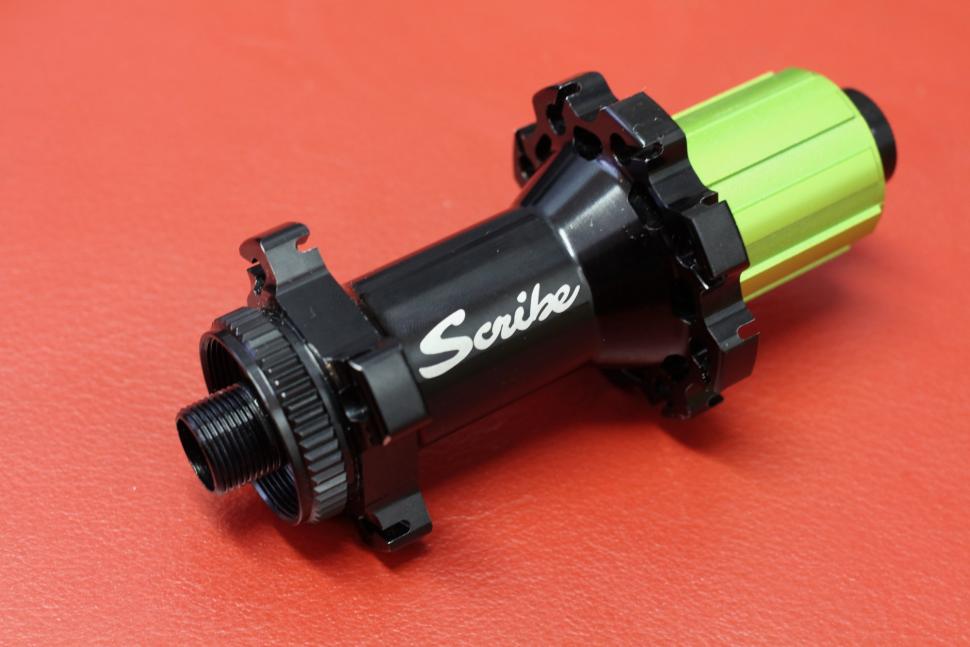
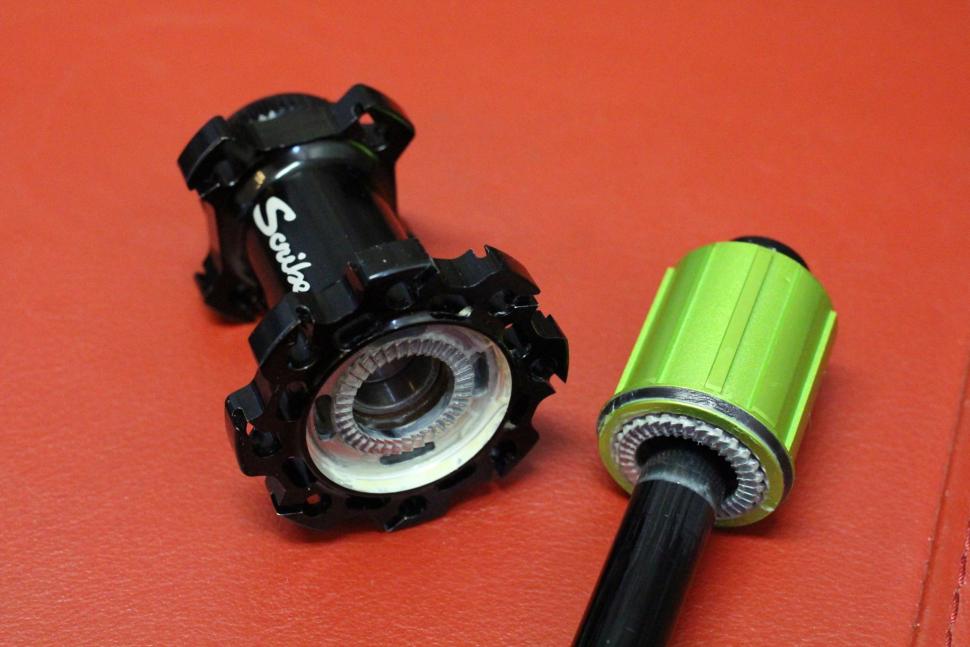
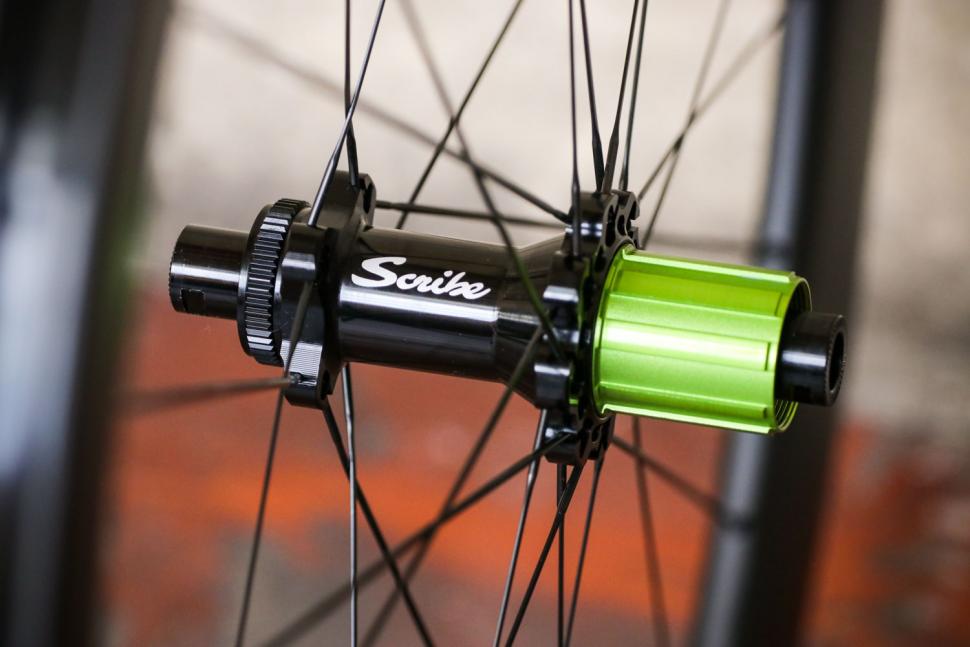
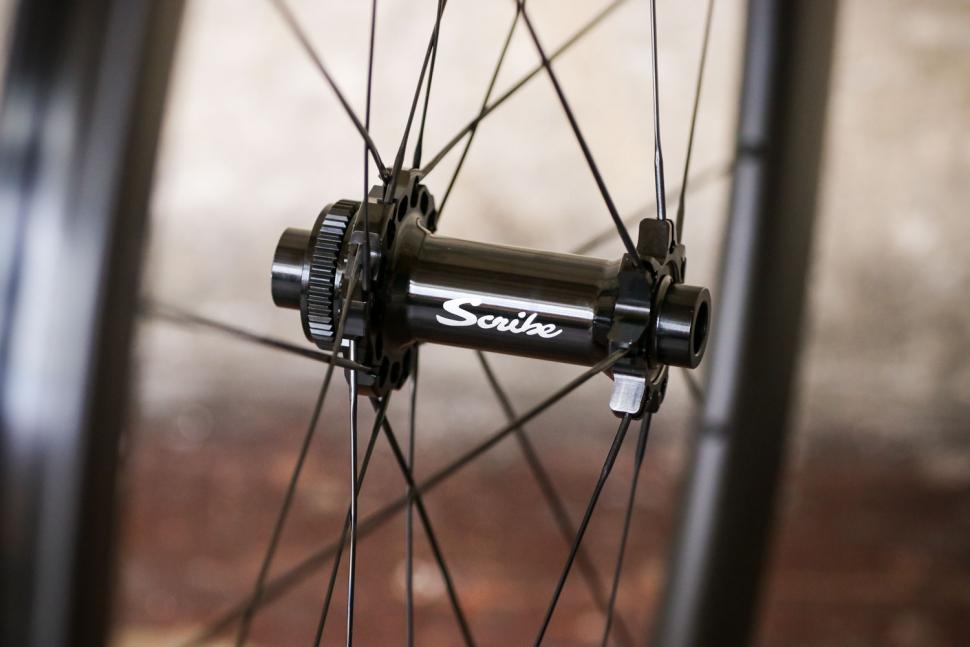
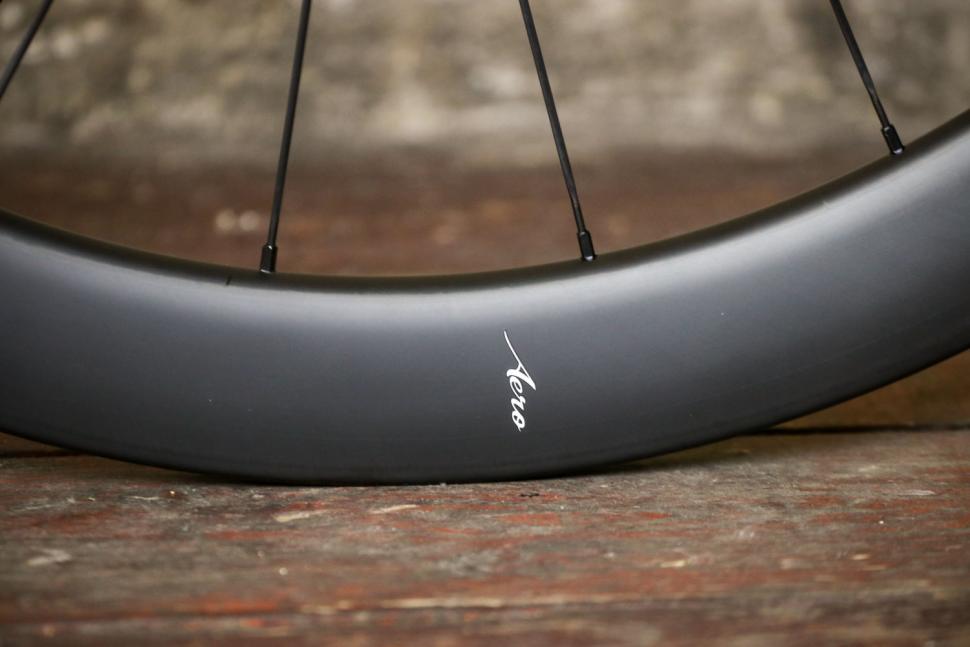
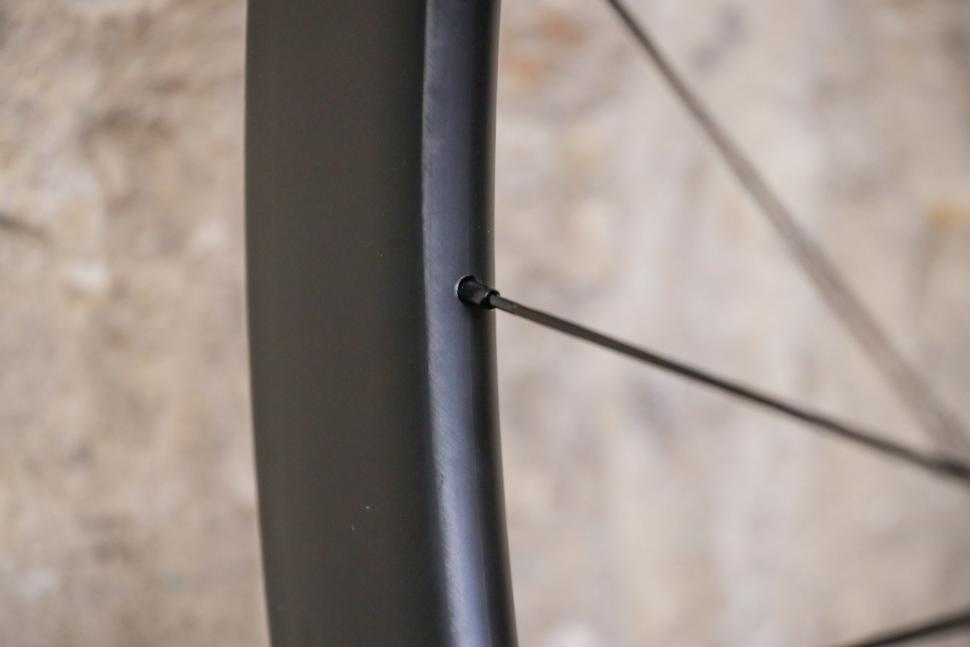

Add new comment
8 comments
Saw wheels at couple of races and spoke to users.
great reports and also wheels look class. Definitely consider when buying next set of wheels.
Not heard of scribe before but the 50mm Rim brake clinchers looks super tasty and incredibly light (100g lighter than the Hunts I was eyeing up). Be great to know if they do demos since 1 concern with all these new wide wheels though is, when your frame has tight clearences, whether they'll end up making a 25mm tyre too wide for your frame!
Hey MoutonDeMontagne, thanks for leaving a comment and for the kind words. We've spent a LOT of time exploring areas to shave weight off without compromising on strength and it's great you like them.
We don't have a demo range as such but the 50s (and all of our carbon rims with 19mm internal) comes up ~28mm in width with a Schwalbe Pro One 25mm at 100 psi. We're making a chart at the moment which illustrates 'actual' tyre sizes at various psi levels.
Alan.
Seen them last weekend at a show. Look fantastic quality in the flesh.
Hi there - sorry for the delay in replying.
Thank you very much for the comments :-). We always look to improve everywhere we can and all comments/ feedback helps us to continuously put Scribe into a better future position, so thank you! We really do appreciate it.
Really good point flobble! What we are trying to say with this comment is that 1 larger moving part (ratchet disc) with greater surface area offers improved transfer of torque when compared to fewer separate moving parts; 3 pawls for example, which have overall reduced surface area.
If you have one moving part (like our ratchet drive system), there is only 1x mechanical gap to close (tolerance) + 1x material interface loss in the system (steel and alloy) with large surface area. If you have three moving parts, there are 3x gaps to close (much harder to get tolerance perfect) + 3x material interface losses that are point loaded (steel pawl / alloy freehub), with significantly reduced surface area(s).
We're not by any means saying that pawls are bad, they're amazing :-). We're saying that by design; the size, position and surface area of each material offers different levels of torque transfer between interfaces. There's no doubt pawls can withstand serious amounts of loading already, but it isn't uncommon to break a pawl, shear the inner-side of a hub shell, or create pawl play/ twist in the freehub body itself. Most of us know someone that's had this issue... I know of a leading hub manufacturer who now stethoscopically listening for simultaneous 'clicks' (3 pawls for example) and it's incredibly difficult to get perfect, everytime.
*We've had customers riding our wheels for several weeks now, and almost all of them have came back and said the drive is far greater than previous wheels with standard pawl system.
I hope this helps clarify what we meant in the text and I do sincerely apologise if it's caused confusion.
Alan.
I'm not sure where the armchair critics are getting their information but coming from a cyclists perspective, any increased power transfer per rotation will give a massive advantage over a prolonged period. Using a pawl system is always going to be a disadvantage with an engagement lag. I have used both and certainly favor the DT style ratchet drive or alternatively Chris Kings RIng drive.
"If with pawl systems, less power is transferred, where does it go instead?" = lag my friend, it's called lag.
Apart from that the wheels look really refined and understated, plus if they have overcome the problem that haunts DT's ratchet drive, the dreaded spring I'm sold.
Indeed - we're talking about a few hundred watts of power - possibly a thousand peak for most riders. Three steel pawls can easily cope with that - and if they can't, they would break - the work wouldn't be "lost".
Having said that, they look nice.
"This offers an incredibly strong bind and therefore improved power transfer. With pawl systems, only a couple of pawls engage at any one time which creates smaller points of loading, and generally less power transfer."
What on earth does that mean? Sounds like utter hogwash to me.
If with pawl systems, less power is transferred, where does it go instead?
Smaller engagement angles -> quicker engagement. Yes
Greater contact area -> lower forces -> less wear. Yes
Smaller points of loading -> Less power? Er, no.